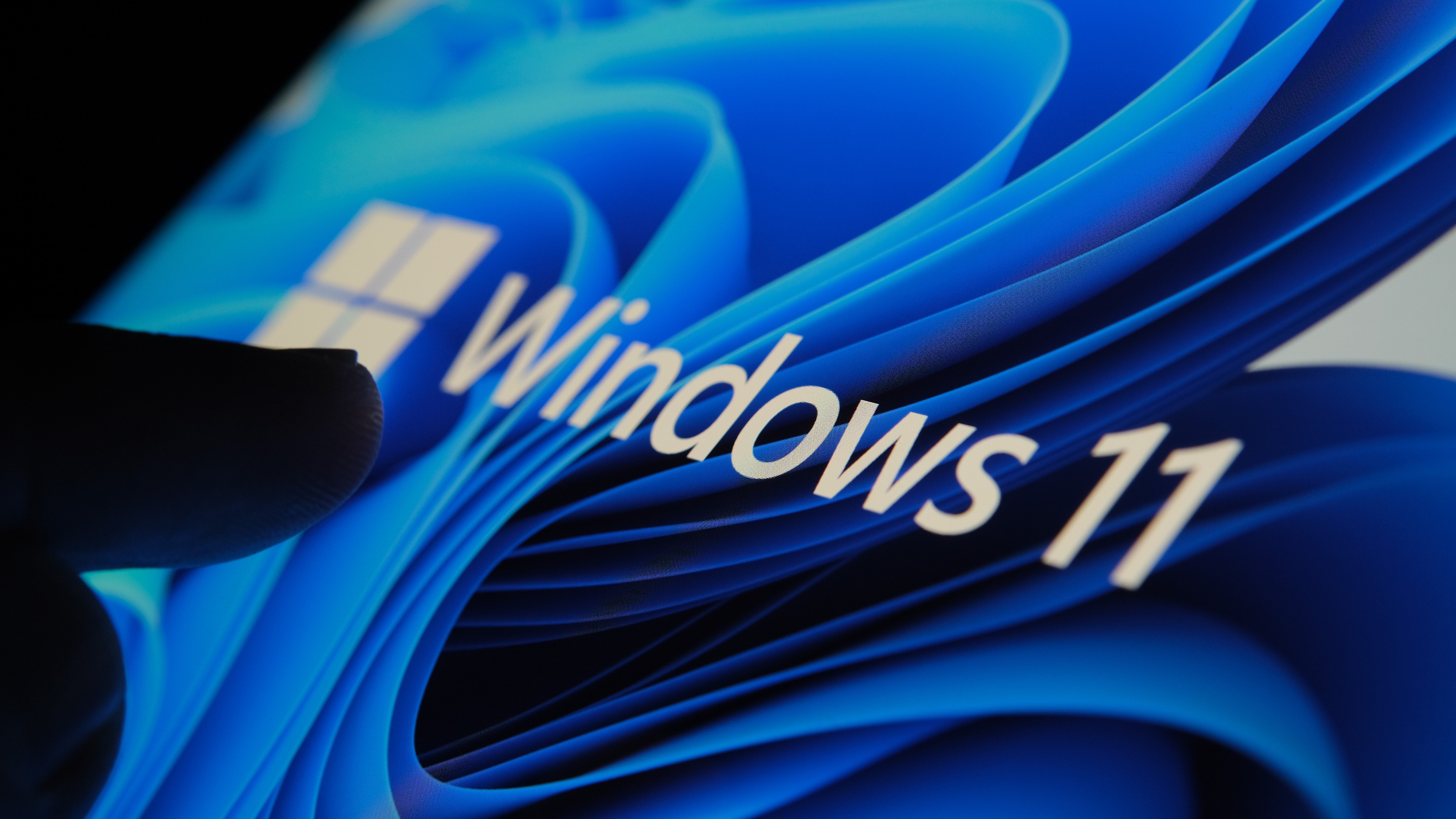Windows 11's 23H2 Update ISO and Moment 4 Are Ready for Installation
You can the snag Moment 4 through early updates or manually install the full 2023 Update via ISO.

It's that time of year again: Microsoft is determined to push out its latest and greatest iteration of Windows 11 to users, either very slowly but automatically or fairly quickly, if you're a determined early adopter. Let's break down what to expect and give you the resources you need to get Windows 11 updated, should you please.
First, it's important to clarify that you actually have two early access releases to choose from at the time of writing — not just one. The easiest is acquiring the "Moment 4 (Version 22H2) Update", since all you need to do is opt into the Windows Insider Program so you can test the latest Windows Insider Preview builds with a few clicks inside your existing Windows install.
The full experience is the proper Windows 11 2023 Update, though, which is Version 23H2. In order to acquire this version as soon as possible, instead of waiting for it to roll out to your PC over time, head over to Microsoft's Windows Download page, where you can choose from three options for installing the current version of Windows. To guarantee this specific version, you'll need to use the manual ISO install or do an in-place upgrade. Unfortunately optimization issues on Microsoft's end mean that the Media Creation Tool won't work until (an estimated timeframe of) November 15th.
So, what's the difference between 22H2 and 23H2, considering they're releasing so close together? Well, they're mostly the same update since many of the changes coming with 23H2 are already present in 22H2. For more on the changes introduced to Windows with 23H2 specifically, head to that link for our coverage of the 23H2 Update. For more information on 22H2 and the overall major additions being made to Windows, consult Microsoft's dedicated blog post.
Get Tom's Hardware's best news and in-depth reviews, straight to your inbox.

Christopher Harper has been a successful freelance tech writer specializing in PC hardware and gaming since 2015, and ghostwrote for various B2B clients in High School before that. Outside of work, Christopher is best known to friends and rivals as an active competitive player in various eSports (particularly fighting games and arena shooters) and a purveyor of music ranging from Jimi Hendrix to Killer Mike to the Sonic Adventure 2 soundtrack.
-
dtemple As a local account user, I can personally confirm that the newest version of Rufus is compatible with the new 23H2 build and can still perform the same tweaks as before to the install media as it's created.Reply -
baboma Rufus' workarounds should be good for the rest of Win11, which if rumors hold will have one major update (24H2?) left before Win12 kicks in. Per the FAQ,Reply
https://github.com/pbatard/rufus/wiki/FAQ
"Okay, the first thing you need to understand about this option is that it is designed to make the Windows installer restore a feature that exists in Windows 11 21H2 and that Microsoft removed in 22H2."
With or without Rufus, workaround is trivial. You can always create an MS acct for install, and switch same acct to local login afterward. HW req bypass is the more substantive issue, but I'm fairly confident Win12 will allow some loophole for enthusiasts to exploit.
Win11 23H2 is basically MS' first foray at deploying AI viz Copilot into its consumer platforms. Monetization should be minimal, as MS is still exploring what works. AI features will be more pervasive in Win12, and that will be when commercialization will happen.
For example, Copilot will likely be more functional as a personal assistant in Win12, but your use of it may be more limited--perhaps denied altogether--unless logged into an MS acct. Functionality may be further tiered with a subscription, which is already happening for business accts ($30/seat for AI in Win 365 Copilot).
Secondly, AI queries (prompts) cost money, and MS will want to mitigate cost by localizing queries when it can, which means CPUs w/ NPU will come into play. IMO that will be a HW requirement going forward. If Win12 is pushed into '25, NPU will likely be a prerequisite. If Win12 pops out in '24, then NPU req will probably be pushed to Win14 (there'll be no Win13, just as there was no Win9). -
abufrejoval The 23H2 update just popped up and installed on my Xeon E5 2696 v4 launched in 2016, which is officially about two generations out of date for Windows 11... It's a 22 core chip I just bought for €160 a few weeks ago, to replace the 18-core Haswell Xeon E5-2696 v3 I originally used to install the same OS.Reply
So how does that work?
I run it on Proxmox with GPU (and some USB) pass-through, so games run at native speeds on my RTX while Windows won't complain about the CPU, TPM or whatnot...
Windows just sees a 16 core QEMU Virtual CPU version 2.5+ and proves that all these CPU restrictions are pure bollocks or rather evil vendor imposed osolescence: Shame on you M$, I hope you get fined to where it really hurts over this!
M$ likes squeezing a hypervisor between you and your system, so just make sure you chose the one that won't tell you "your system does not qualify".